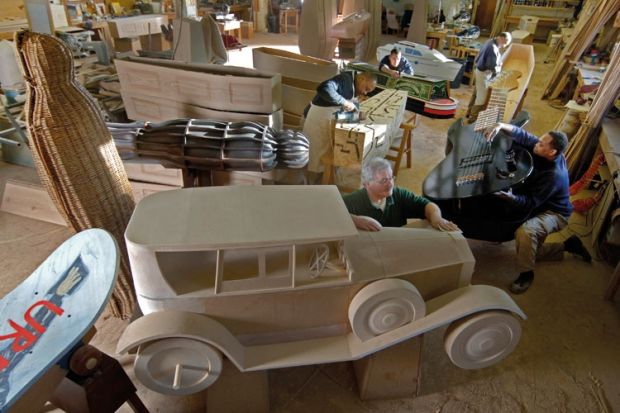Source: Alamy
Exit strategies: event will discuss non-traditional and self-organised funerals
Britain’s first Death Salon – featuring talks on everything from bereavement and natural burial to the representation of necrophilia in the cinema – takes place at the Barts Pathology Museum this week.
The inaugural Death Salon was held in Los Angeles last year. It was founded by medical historian Megan Rosenbloom and mortician Caitlin Doughty “in the spirit of the 18th-century salon” and designed to “bring together intellectuals and independent thinkers engaged in the exploration of our shared mortality by sharing knowledge and art”, the project’s website explains.
“Death is sanitized and hidden in contemporary culture to the point of becoming a taboo subject. We aim to subvert this death denial by opening up conversations…about death and its anthropological, historical, and artistic contributions to culture,” it adds.
When she heard about the US event, Carla Valentine – technical assistant curator at the Barts museum, which forms part of Queen Mary University of London – “contacted them directly as I agreed with the concept and wanted to host it here at Barts”.
The aim, she continued, is “to encourage discussions about death in an interdisciplinary way, to include everybody”.
She said she had chosen to concentrate on the issues such as funeral costs and the donation of body parts and organs.
“In the UK, many people are not aware that funerals can be done much less expensively than the average high-street funeral directors would have you believe, for example,” Ms Valentine said.
“By discussing what is actually required by law, people can become empowered about organising funerals themselves.
“On Day Two, the panel discussion encompasses the different ways in which we can donate our bodies for the benefit of others and why it’s important to discuss the issue with family members.”
Ms Valentine, whose website features her wearing a pendant with the words “Morbid Blonde”, is herself a former “death professional”, as she worked for eight years as an anatomical pathology technologist, although she has also had her “own personal experiences with bereavement”.
The event, which continues until 12 April, “is certainly aimed at people dealing with dying, death and mourning in their everyday lives as well as those with a professional interest”, she added. Speakers range from Annie Broadbent, author of We Need To Talk About Grief, who will discuss her personal reasons for choosing to write a book on bereavement, to “green” funeral directors.
The Barts Pathology Museum, which started as a collection of bladder stones, was opened by the Prince of Wales in 1879. However, as it became less relevant to the needs of modern medical students, it was neglected and fell into disrepair until Ms Valentine was appointed in 2012.
She is engaged in a process of conserving and cataloguing all the holdings with an eventual view to opening the museum to the public at least one day a week. It owns more than 5,000 specimens.
In addition, Ms Valentine organises an extensive and often unusual programme of films, discussions and events on appropriate themes.
One of the “Valentine’s Specials” was a beginner’s taxidermy workshop advertised as “perfect to do as a couple. Rats will be provided but you can bring your own Valentine-themed outfit or accessories for them.”





